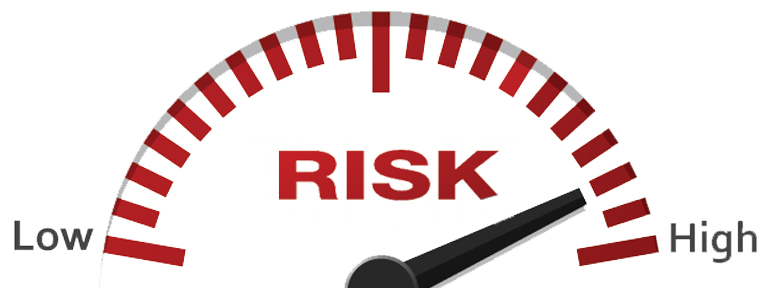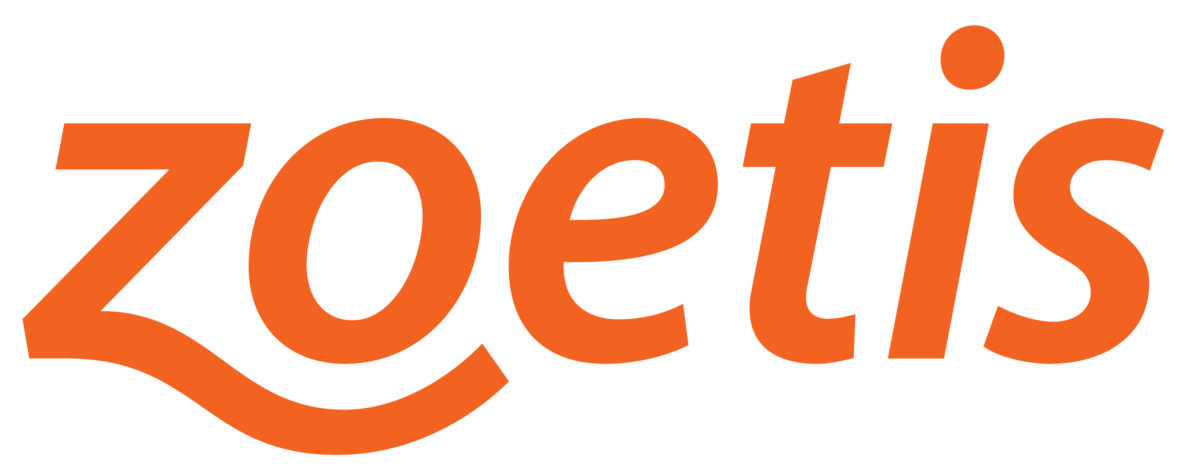Prevention is the most cost-effective way to manage Johne’s disease. It is far less expensive to block Johne’s disease from getting into a herd than it is to control or eradicate the infection once it creeps in and invisibly starts to spread.
 Risk management is the foundation of any good animal care program; the risk of becoming infected by bringing in infected animals is manageable. Smart buyers of animals will apply the concepts of risk management and require diagnostic test results for the source herds to limit their risk as much as possible. If sellers refuse to allow their herds to be tested before you purchase their animals, find another source of animals from whom to buy if possible or at least test the individual animals you are contemplating for purchase and their dams. You are better off buying a test-negative animal from a herd with a known but low test prevalence than buying an animal from a herd that cannot provide any information about their Johne’s disease history.
Risk management is the foundation of any good animal care program; the risk of becoming infected by bringing in infected animals is manageable. Smart buyers of animals will apply the concepts of risk management and require diagnostic test results for the source herds to limit their risk as much as possible. If sellers refuse to allow their herds to be tested before you purchase their animals, find another source of animals from whom to buy if possible or at least test the individual animals you are contemplating for purchase and their dams. You are better off buying a test-negative animal from a herd with a known but low test prevalence than buying an animal from a herd that cannot provide any information about their Johne’s disease history.
Risk management also applies to controlling Johne’s disease in MAP-infected herds. For more on that, see the Articles & Brochures page for dairy cattle.
General principles
- Buy as few herd replacements as possible from as few different herds as possible.
- Always insist on seeing the lab test results from the seller. Do not simply accept their word.
- Buy from test-negative herds: the more negative annual tests the lower your risk.
- Buy adult cattle that have a long history of negative annual tests.
- Buy heifers born to test-negative dams.
- Rely more on fecal PCR test results than on ELISA results on blood samples.
![]()
For dairy farms, owners must assume that they are buying MAP-infected animals on a regular basis if they do not purchase from test-negative herds. Cattle buyers must then be sure to have animal husbandry systems in place to control the further transmission of the infection.
Other routes by which Johne’s disease may be introduced to herds exist, but they are of much lower risk (although data is limited quantifying these risks). These other routes include spreading manure from potentially infected farms on land the herd owner uses for grazing or forage production, use of colostrum or milk from dairy herds of unknown status for hand-rearing orphaned neonates, or animal access to run-off water from adjacent farms. These routes are theoretically important, but the risk of acquiring the infection from them is likely much lower than through the purchase of animals.
For animal industries, breed organizations in particular, self-regulation to encourage marketing of animals from test-negative herds is the best way to manage Johne’s disease. USJersey sanctioned sale requirements are an example of a segment of the U.S. dairy industry that is being proactive about Johne’s disease.
After buying animals, regardless of the source history or testing program, it is advisable to quarantine the animal(s) and test them again using the most sensitive diagnostic test available, i.e PCR on a fecal sample.

